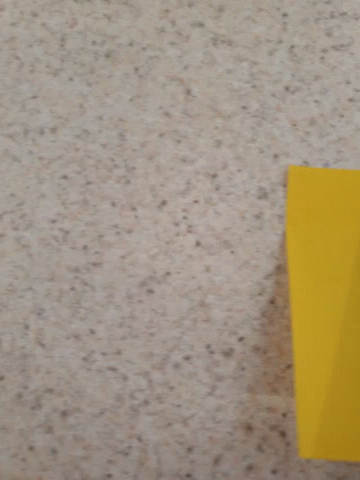題目敘述
題目會給我們一組定義好的界面和需求,要求我們設計一個資料結構,可以滿足平均O(1)的插入元素、刪除元素、隨機取得元素的操作。
RandomizedSet() 類別建構子
bool insert(int val) 插入元素的function界面bool remove(int val) 刪除元素的function界面
int getRandom() 隨機取得元素的function界面
測試範例
Example 1:
Input
["RandomizedSet", "insert", "remove", "insert", "getRandom", "remove", "insert", "getRandom"]
[[], [1], [2], [2], [], [1], [2], []]
Output
[null, true, false, true, 2, true, false, 2]
Explanation
RandomizedSet randomizedSet = new RandomizedSet();
randomizedSet.insert(1); // Inserts 1 to the set. Returns true as 1 was inserted successfully.
randomizedSet.remove(2); // Returns false as 2 does not exist in the set.
randomizedSet.insert(2); // Inserts 2 to the set, returns true. Set now contains [1,2].
randomizedSet.getRandom(); // getRandom() should return either 1 or 2 randomly.
randomizedSet.remove(1); // Removes 1 from the set, returns true. Set now contains [2].
randomizedSet.insert(2); // 2 was already in the set, so return false.
randomizedSet.getRandom(); // Since 2 is the only number in the set, getRandom() will always return 2.
約束條件
Constraints:
-2^31 <= val <= 2^31 - 1
所有數值val落在-2^31 ~ 2^31 - 1 之間。
- At most
2 * 105calls will be made toinsert,remove, andgetRandom.
對於insert(), revmoe(), getRandom(),做多有2 * 10^5動態測試呼叫。
- There will be at least one element in the data structure when
getRandomis called.
題目還保證,呼叫getRandom()時,會確保資料結構裡面至少存在一個元素。
演算法
根據需求的描述,要求平均O(1)的條件,滿直覺就會想到用字典來紀錄或者儲存元素。
比較困難的地方在於,還額外多了一個O(1) getRandom()的要求,相當於強迫我們一定要把每個元素存在一個線性的資料結構裡面,才有機會透過array[index]的方式達到Random access隨機讀取O(1)的要求。
此外,第二個比較特殊的地方在於,刪除的時候,同樣為了滿足O(1) remove()的要求,會先把被刪除的元素先交換到array的尾端,再用pop的方式刪除掉。
程式碼
class RandomizedSet:
def __init__(self):
"""
Initialize your data structure here.
"""
# list to save numbers
self.number_list = []
# dictionary
# key: number
# value: index of number in self.number_list
self.number_dict = dict()
# size of data structure
self.size = 0
def insert(self, val: int) -> bool:
"""
Inserts a value to the set. Returns true if the set did not already contain the specified element.
"""
if val in self.number_dict:
return False
else:
# record new element index in dictionary
self.number_dict[ val ] = self.size
# append new element into list
self.number_list.append( val )
# update size of collection
self.size += 1
return True
def remove(self, val: int) -> bool:
"""
Removes a value from the set. Returns true if the set contained the specified element.
"""
if val not in self.number_dict:
return False
else:
# To reach O(1) performance, use technique of element swap, and pop on tail
# get the index of element with value
index_of_val = self.number_dict[val]
# update index of last_element
self.number_dict[ self.number_list[-1] ] = index_of_val
# swap val with last element of number_list
self.number_list[-1], self.number_list[index_of_val] = self.number_list[index_of_val], self.number_list[-1]
# remove val from list by popping last
self.number_list.pop()
# remove val from dictionary by deleting key
del self.number_dict[val]
# update size of collection
self.size -= 1
return True
def getRandom(self) -> int:
"""
Get a random element from the set.
"""
return random.choice( self.number_list )
複雜度分析
時間複雜度:
insert(), revmoe(), getRandom() 皆為平均O(1)的複雜度。
空間複雜度:
insert(), revmoe(), getRandom() 單獨一次操作也是O(1)。
全體來說,會需要一個O(n)的空間, n值由插入元素的總數量決定。
關鍵知識點
這題還有額外要求getRandom() O(1)的需求,因此用傳統的set()直接來儲存是無法滿足題目條件的。
Reference:
















